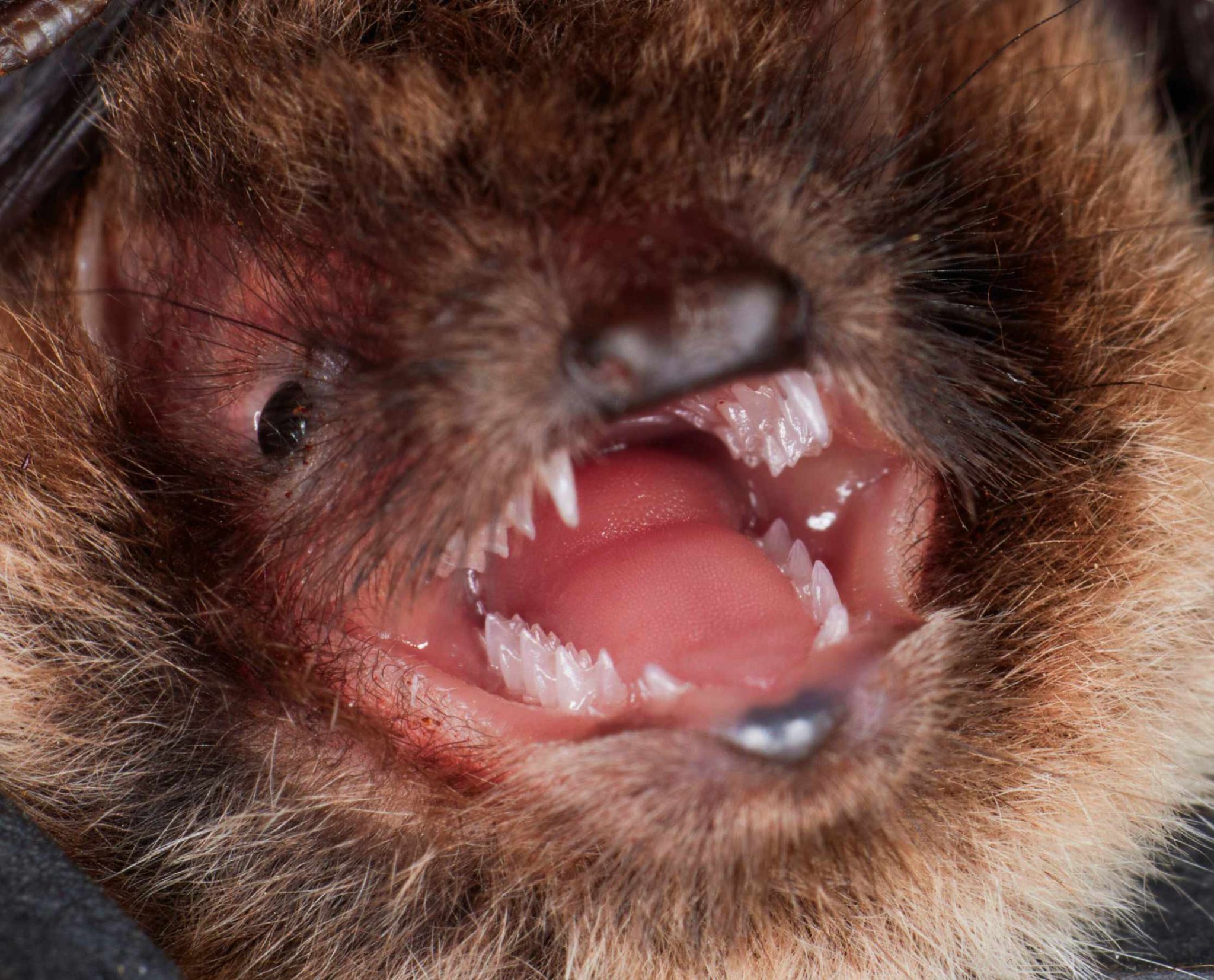BATS GRUNT LIKE DEATH METAL SINGERS TO TALK TO THEIR ROOSTMATES
The animals use structures in their voice boxes in the same way as the extreme singers to produce deep, guttural sounds

It turns out that heavy metal singers and bats have more in common than their mutual love of the dark and a tendency to move in groups. They both use distinct structures in their larynxes, or voice boxes, to produce booming, demonic vocalisations, a study carried out at the University of Southern Denmark has found.
Echolocating bats are known to have an incredibly wide vocal range. They can make sounds spanning around seven octaves, which is pretty impressive, considering how even Mariah Carey can only manage five.
To investigate how they achieve such a feat of vocal gymnastics, the Danish team removed the larynxes from five adult Daubenton’s bats, Myotis daubentonii, mounted them in a frame, applied an airflow designed to mimic the animals’ natural vocalisations and filmed the movements with a high-speed camera that could image 250,000 frames per second. They then used machine learning models to reconstruct the motion of the bats’ vocal membranes.
They found that the bats use a specific structure in their voice boxes known as false vocal cords that are not used in normal vocalisations to lower the frequency of their calls. The bats lower the false vocal folds down so that they oscillate together with their regular vocal cords. The additional weight this provides significantly reduces the pitch of the call. It is the same technique used by death metal singers to produce their trademark guttural growls.
The pitch of the growls is between 1 and 5kHz – the same pitch as the highest two octaves of a standard piano. Sounds that bats use for echolocation can reach frequencies of up to 120kHz.
The bats often make the growling sounds when they fly in and out of a densely packed roost, so it is unclear what their purpose is.
“Some seem aggressive, some may be an expression of annoyance, and some may have a very different function. We don’t know yet,” said the study’s co-author Lasse Jakobsen.
Bat facts
Many bats, including all bats in Britain, hibernate from late autumn to spring. During this period, their heart rates drop to 20 beats per minute. When flying, their hearts can reach 1,000 beats per minute.
There are around 1,400 species of bat worldwide. They can be found in almost every corner of the planet, apart from areas with extreme climates such as the polar regions and deserts.
The oldest recorded living bat was a Brandt’s myotis bat found in Siberia. It was captured in 2005, and bore a band put on it by researchers in 1964, making it at least 41.